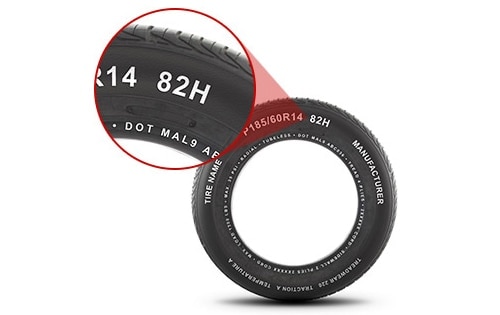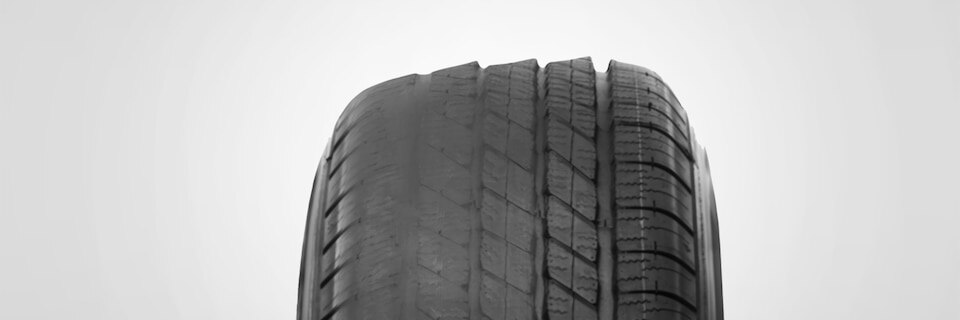TIRES
Whether you are in the market for tire repair or replacement, Cadillac Certified Service technicians can handle your tire needs. Not sure about your tire size? It’s the combination of letters and numbers on the side of your tire. Once you’ve selected the right set, simply schedule an appointment and we’ll take care of the rest.
TIRE PRESSURE
Air is a gas, expanding when heated and contracting when cooled. For most of Europe, fall and early winter are especially important times for checking tire pressure on your Cadillac vehicle. As the ambient temperature falls, tire pressure goes down. A good rule of thumb: with every 18 degrees celcius of temperature change, tire pressure changes about 1 psi–higher as temperatures rise, lower as they fall.
UNDERSTANDING THE TIRE PRESSURE MONITORING SYSTEM (TPMS)
The Tire Pressure Monitoring System (TPMS) helps with keeping you updated on the vehicle’s tire pressure. The TPMS works by sending a signal from the pressure sensor, located in your vehicle’s wheel, to the instrument control panel which alerts you when the tire pressure is low. It is recommended that a trained professional inspect and, if necessary, service your TPMS to help ensure it is working properly.
INDICATION THAT AIR PRESSURE IS LOW OR TPMS HAS MALFUNCTIONED
If the Tire Pressure Monitor light illuminates and stays solid with a Check Tire Pressure, Low Tire Pressure, or Add Air to Tire message, check and adjust all tire air pressures to the recommended levels.
If the Tire Pressure Monitor light appears as a blinking yellow lamp for more than one minute and stays solid, diagnostic service is needed.

WHAT ARE TIRE SPEED RATINGS?
Tire speed ratings indicate the speed your tire can safely maintain over time. Cadillacs in Europe still utilize during production specifications set by the U.S. Department of Transportation to set the ratings below:

TYPES OF TIRE WEAR
There are many factors that can cause tire wear such as your driving style and tire maintenance habits. Tire replacement is absolutely needed when the tread wear indicators appear. A tire’s built-in tread wear indicators look like narrow strips of smooth rubber across the tread and become visible as the tire surface wears.
TIRE ROTATION AND ALIGNMENT

WHEN SHOULD TIRES BE ROTATED?
Tire rotation is the practice of moving your vehicle’s wheels and tires from one position to another to help promote even tire wear. Even tire wear can help with the life of your vehicle’s tires. It is important to rotate your tires at the intervals recommended by your Owner’s Manual.
Check your Owner's Manual for more information.
INDICATION THAT AIR PRESSURE IS LOW OR TPMS HAS MALFUNCTIONED
If your vehicle is misaligned, it can cause your tires to wear unevenly, and you may experience handling problems such as pulling or abnormal vibration.
Tires and wheels are aligned and balanced at the factory to help provide the best overall performance. Consider a wheel alignment check if there is unusual tire wear or if your vehicle is significantly pulling to one side or the other.
A tire that is out of balance often affects ride quality and can shorten the life of tires, shocks, and other suspension components. If the vehicle vibrates when driving on a smooth road, the tires may need to be rebalanced.
Check your Owner's Manual for more information.
